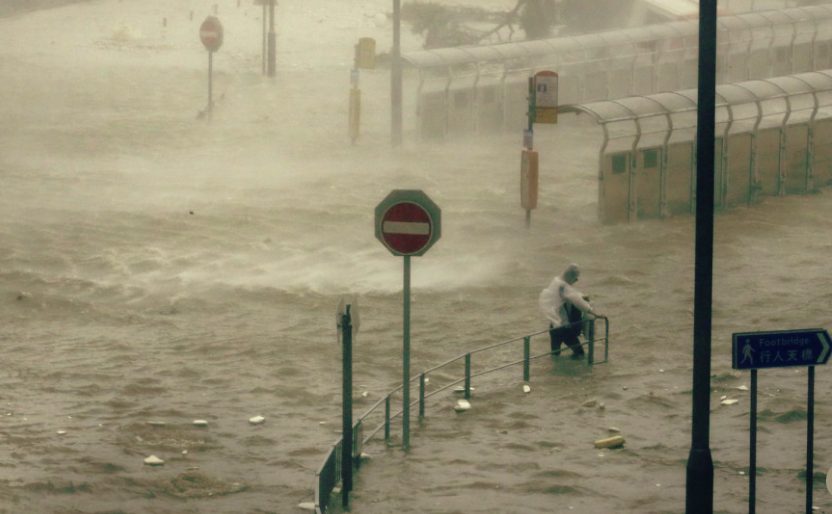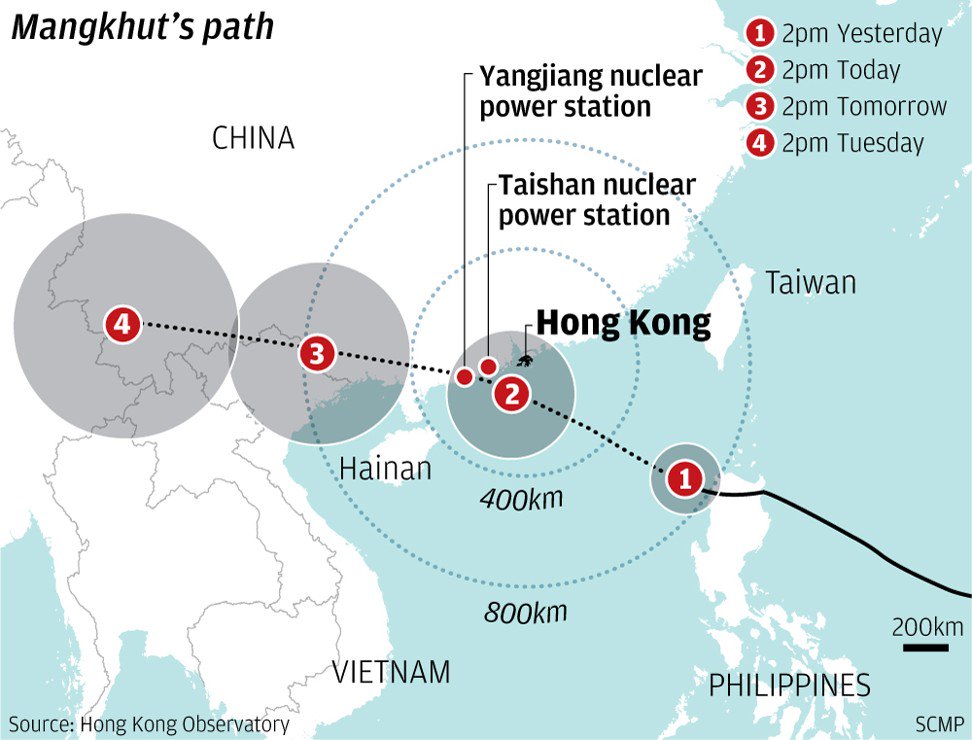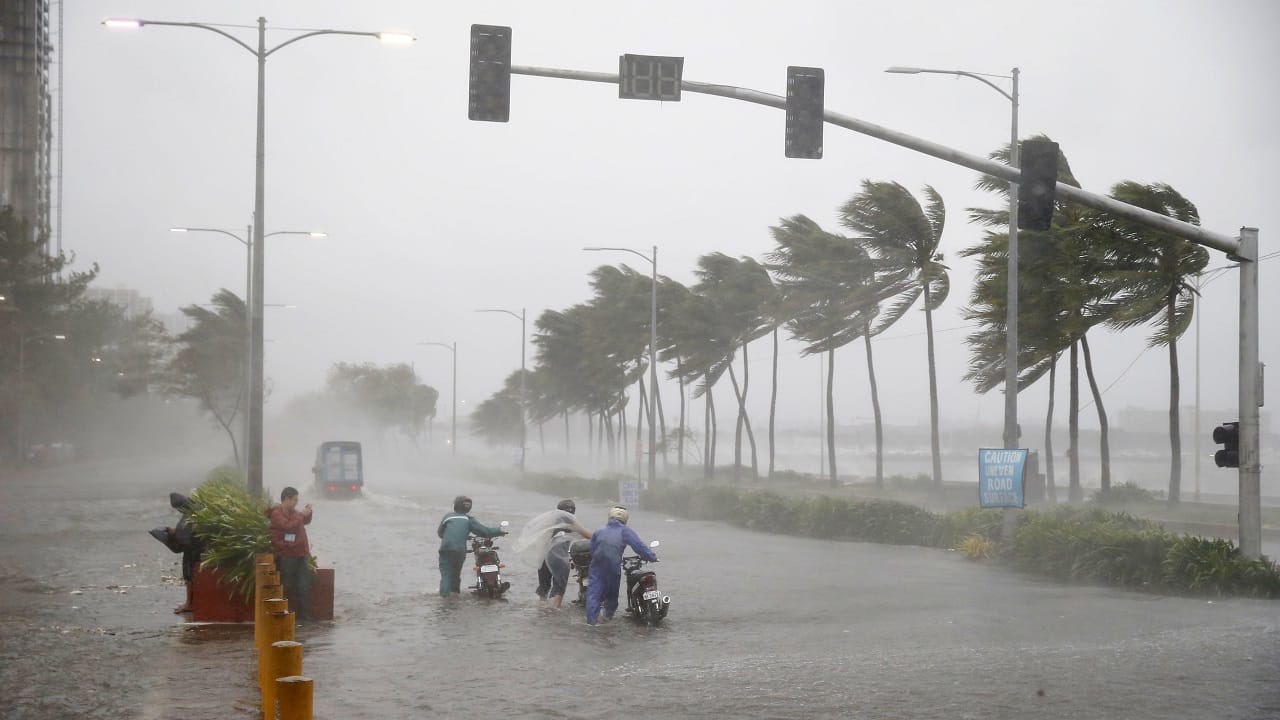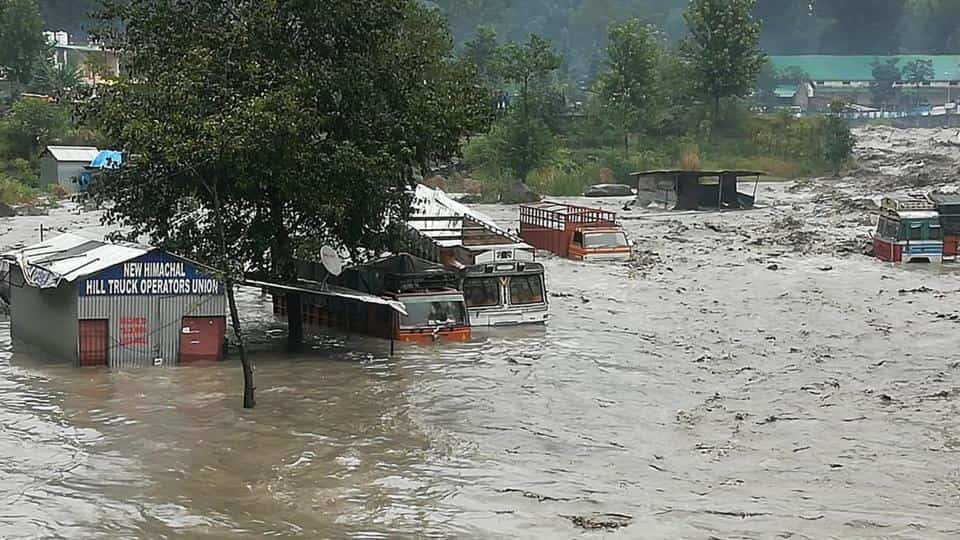Typhoon Mangkhut now moved from the Philippines to Hong Kong resulted in heavy rain and strong winds are lashing the south coast of China as Typhoon Mangkhut closes in.
Authorities in the heavily populated province of Guangdong have issued their highest warning level, a red alert.
More than 100 people were injured when the storm touched Hong Kong. Landslide warnings are in place.
At least 25 people have already died in the Philippines as a result of Typhoon Mangkhut but the full impact on rural areas is not yet known.

Mangkhut lis considered the strongest storm of 2018. In Hong Kong, authorities issued their maximum alert, with residents warned to stay indoors to avoid flying debris. Winds there reportedly reached more than 110 mph (117 kph).
In many places apartment blocks had windows blown out.
Most shops and public services are shut, and more than 800 flights have been cancelled at Hong Kong International Airport affecting more than 100,000 passengers.
In neighbouring Macau, for the first time in its history the territory’s famous casinos were ordered to close.

Taishan Nuclear Power Plant and Yangjiang Nuclear Power Station, both in Guangdong province, said they were “in combat readiness” mode as the superstorm approached
Thousands of people have been evacuated from Guangdong, where Mangkhut is due to strike later on Sunday.
The typhoon is the 22nd of the year but China’s National Meteorological Centre says it could be the strongest one yet to make landfall.
What’s the impact on the Philippines? Most of the deaths in the Philippines were caused by landslides in the Cordillera and Nueva Vizcaya regions, officials say.
Among the dead are a baby and a toddler. Blocked roads and downed communications lines mean reports are still coming in.
Typhoon Mangkhut has destroyed more than 750 buildings in this town in the Philippines.
Five million people were in its path and more than 100,000 sheltered in temporary centres.
Mangkhut is expected to weaken into a tropical depression by Tuesday.









